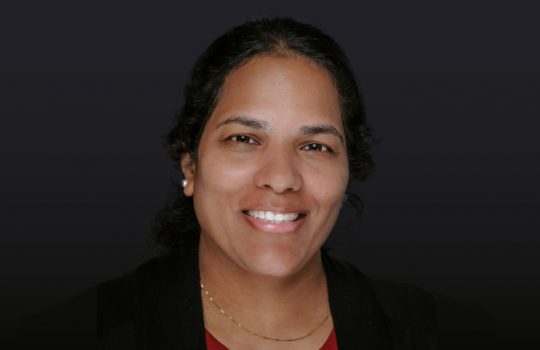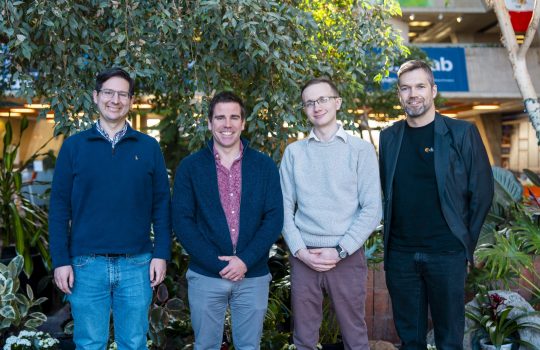Fermilab delegation makes technical visit to Unicamp
Unicamp, June 11, 2025
Fermilab directors and technicians were at Unicamp recently as part of the technical visit schedule of the research program for neutrino identification called LBNF/DUNE. The Brazilian team is developing the technology for photodetection of the light generated by the particle detectors and the production of highly pure liquid argon.


